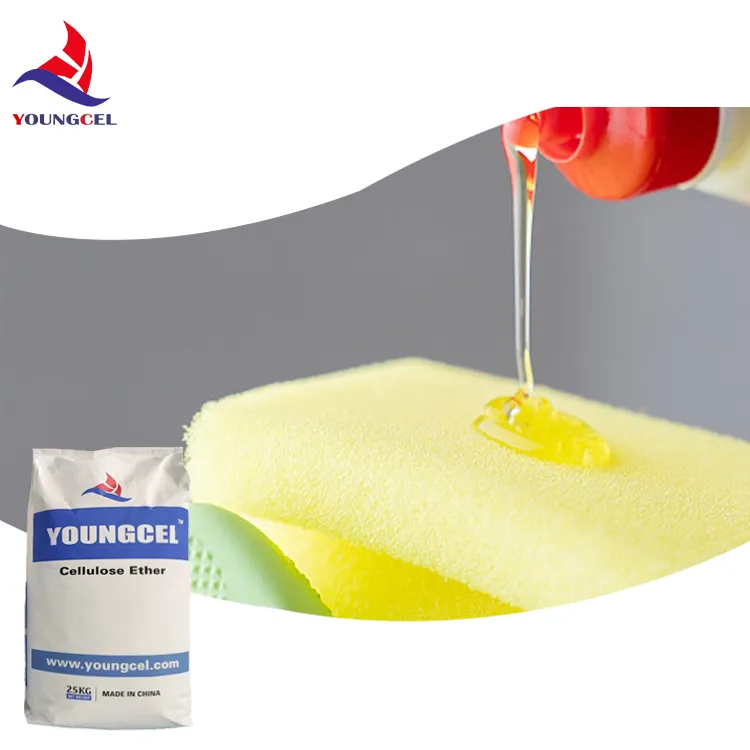The Role of Cement Additives in Modern Construction
Cement is a fundamental component in the construction industry, acting as the binding agent that holds together the various materials used in the creation of structures. Over the years, cement has evolved significantly, and the introduction of cement additives has played a crucial role in enhancing the performance and versatility of cementitious materials. This article explores the various types of cement additives, their functions, and the benefits they bring to modern construction.
Understanding Cement Additives
Cement additives are materials that are added to cement to improve its properties and performance. These additives can be classified into two main categories mineral additives and chemical additives.
1. Mineral Additives These include materials like fly ash, slag, silica fume, and natural pozzolans. They are typically by-products from other industrial processes or natural materials that enhance specific properties of cement. For instance, fly ash, a by-product from coal combustion, can improve workability, reduce shrinkage, and enhance the durability of concrete.
2. Chemical Additives These are synthetic compounds designed to modify the chemical behavior of cement during hydration. Common chemical additives include plasticizers, superplasticizers, accelerators, and retarders. Plasticizers improve workability without increasing water content, while superplasticizers can significantly enhance flowability. Accelerators speed up the setting time, making them essential for cold weather construction, whereas retarders slow down the setting process, providing more time for handling and finishing in hot conditions.
Advantages of Cement Additives
The integration of additives into cement not only improves its performance but also contributes to sustainability in construction. Here are some key advantages
1. Enhanced Durability Additives like silica fume and slag can increase the durability of concrete, making it more resistant to chemical attacks, weathering, and abrasion. This is particularly important in structures exposed to harsh environmental conditions, such as marine environments or chemical processing plants.
cement additives

2. Improved Workability The use of chemical additives can significantly improve the workability of cement mixtures, allowing for easier placement and finishing. Enhanced workability also leads to better compaction, reducing the number of voids and potential weaknesses in the final structure.
3. Water Reduction Additives like superplasticizers can help reduce the water-cement ratio while maintaining the desired workability. This leads to stronger concrete with lower permeability, enhancing overall durability.
4. Sustainability Many mineral additives are sourced from industrial by-products, helping to reduce waste and minimize environmental impact. By replacing a portion of cement with these materials, the carbon footprint of concrete production can be significantly lowered, aligning with global sustainability goals.
5. Economic Benefits Although there may be a slight increase in initial costs due to the use of additives, the long-term benefits, including reduced maintenance and longer service life of structures, can result in significant cost savings.
Challenges and Considerations
While the advantages of cement additives are clear, there are challenges that need to be considered. The compatibility of various additives with different types of cement and other construction materials is crucial. In some cases, additives can adversely affect the setting time or strength development. Therefore, thorough testing and quality control measures should be implemented to ensure optimal performance.
Moreover, the market for cement additives is rapidly evolving, with ongoing research into new materials and formulations. This presents both opportunities and challenges for manufacturers and contractors who must stay current with the latest advancements to fully leverage the benefits of these additives.
Conclusion
Cement additives have transformed the construction industry, enabling engineers and builders to create more durable, sustainable, and versatile structures. As construction techniques continue to evolve, the role of additives will undoubtedly become even more critical. Embracing these innovations will not only enhance the performance of cement but also contribute to a more sustainable future in construction. With the right combination of materials and techniques, it is possible to meet the demands of modern infrastructure while reducing environmental impact and improving overall resilience.
-
Rdp Powder: Key Considerations for Wholesalers in the Building Materials IndustryNewsJul.08,2025
-
Key Considerations for Wholesalers: Navigating the World of Hpmc - Based ProductsNewsJul.08,2025
-
Hpmc Detergent: Key Considerations for WholesalersNewsJul.08,2025
-
Key Considerations for Wholesalers: China Hpmc For Tile Adhesive, Coating Additives, Concrete Additives, and MoreNewsJul.08,2025
-
Crucial Considerations for Wholesalers: Navigating the World of Construction MaterialsNewsJul.08,2025
-
Key Considerations for Wholesalers Sourcing Additive For Cement, Additive For Concrete, Additive For Putty from Additive Manufacturer Shijiazhuang Gaocheng District Yongfeng Cellulose Co., Ltd.NewsJul.08,2025




